Home>Furniture & Design>Interior Design Trends>What Is Beveled Glass
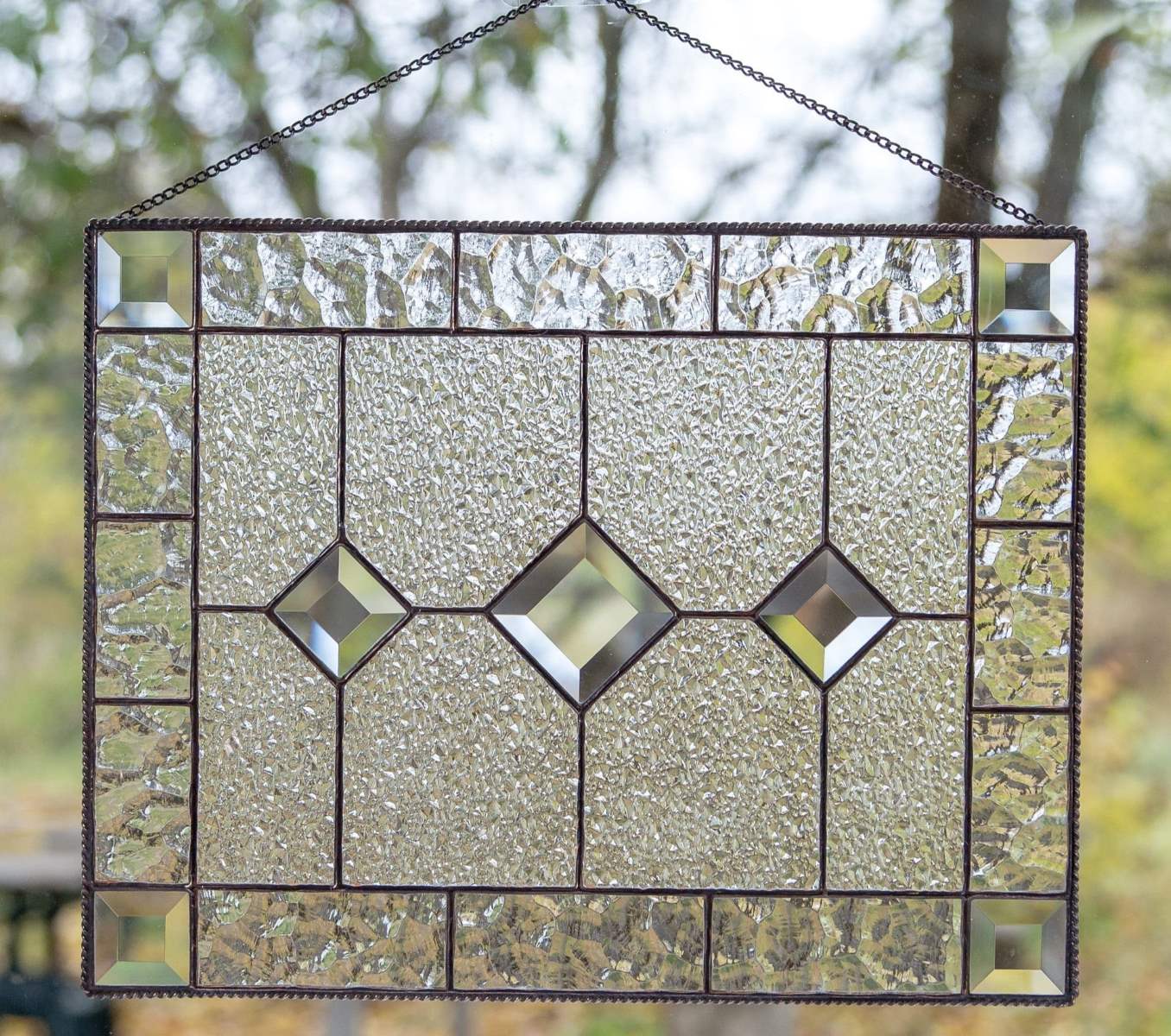

Interior Design Trends
What Is Beveled Glass
Modified: February 18, 2024
Discover the timeless elegance of beveled glass and how it can elevate your interior design. Explore the latest interior design trends with beveled glass accents.
(Many of the links in this article redirect to a specific reviewed product. Your purchase of these products through affiliate links helps to generate commission for Storables.com, at no extra cost. Learn more)
Introduction
Beveled glass is a timeless and elegant design element that has been adorning homes and buildings for centuries. This exquisite type of glass features a sleek and angled edge, adding a touch of sophistication and visual interest to any space. The beveled edge of the glass creates a prism-like effect, refracting light and casting beautiful, intricate patterns that enhance the overall aesthetic appeal of the glass.
Beveled glass is a versatile material that can be incorporated into various architectural and interior design applications, ranging from traditional to contemporary styles. Its ability to effortlessly blend with different design motifs makes it a popular choice among homeowners, interior designers, and architects alike.
This unique type of glass is not only visually captivating but also serves practical purposes. Its ability to reflect and refract light can brighten up dimly lit areas, creating a sense of openness and airiness within a space. Additionally, the beveled edges of the glass can add depth and dimension to mirrors, windows, doors, and furniture, making them stand out as focal points in any room.
In the following sections, we will delve deeper into the definition, history, manufacturing process, uses, advantages, and maintenance of beveled glass. By exploring these aspects, you will gain a comprehensive understanding of this exquisite material and its significance in the realm of interior design and architecture.
Key Takeaways:
- Beveled glass is a timeless and elegant design element that refracts light, creating captivating patterns. It adds luxury and sophistication to windows, doors, mirrors, and furniture, enhancing any space.
- While beveled glass enhances visual appeal and natural light, it requires careful maintenance to prevent chipping and damage. Regular cleaning and protective measures can preserve its timeless elegance and allure.
Read more: How To Bevel Glass
Definition of Beveled Glass
Beveled glass is a type of decorative glass that is characterized by its unique edge finish. Unlike traditional flat glass, beveled glass features edges that are cut at an angle and polished to create a sleek, faceted look. This distinctive edge treatment gives beveled glass a sophisticated and elegant appearance, making it a popular choice for adding a touch of refinement to various architectural and interior design elements.
The beveled edge of the glass is typically cut at a specific angle, commonly 45 degrees, although other angles may also be used to achieve different design effects. This angled edge creates a prism-like effect, allowing light to be refracted and reflected in captivating ways. As a result, beveled glass exhibits a remarkable play of light and shadow, adding depth and visual interest to any space where it is used.
One of the defining characteristics of beveled glass is its ability to capture and disperse light, creating stunning visual effects that enhance the overall ambiance of a room. Whether used in windows, doors, mirrors, or furniture, beveled glass has the remarkable ability to transform ordinary surfaces into captivating focal points, infusing them with a touch of luxury and sophistication.
In addition to its aesthetic appeal, beveled glass also serves practical purposes. Its ability to refract light can brighten up interior spaces, making them feel more open and inviting. Furthermore, the faceted edges of beveled glass can add a sense of dimension and depth to mirrors and other reflective surfaces, making them visually intriguing and impactful.
Overall, beveled glass is a versatile and timeless material that brings a touch of elegance and refinement to any architectural or interior design project. Its unique edge treatment and light-capturing properties make it a sought-after choice for adding a touch of luxury and visual interest to residential and commercial spaces alike.
History of Beveled Glass
The history of beveled glass dates back to the early 16th century, where it gained prominence as a decorative element in European architecture and interior design. The technique of beveling glass was initially developed as a means of enhancing the visual appeal of stained glass windows, which were prevalent in churches, cathedrals, and affluent residences during the Gothic and Renaissance periods.
During this time, skilled artisans employed the art of beveling to create intricate and ornate designs within the glass, adding a touch of opulence and grandeur to religious and secular structures alike. The beveled edges of the glass not only served as a decorative embellishment but also allowed light to interact with the glass in mesmerizing ways, casting vibrant hues and patterns into the surrounding spaces.
As the art of beveling glass continued to evolve, it became synonymous with luxury and sophistication, adorning the windows, doors, and mirrors of palaces, manor houses, and upscale establishments across Europe. The meticulous craftsmanship required to produce beveled glass made it a symbol of prestige and refinement, reserved for the most esteemed architectural and interior design projects.
In the 19th and 20th centuries, beveled glass experienced a resurgence in popularity, particularly during the Art Nouveau and Art Deco movements. The clean lines and geometric motifs of these design styles complemented the sleek and angular aesthetic of beveled glass, leading to its widespread use in decorative panels, mirrors, and furniture.
Today, the legacy of beveled glass lives on as a timeless and cherished design element, seamlessly blending traditional craftsmanship with modern sensibilities. Its enduring appeal transcends historical eras, making it a coveted choice for homeowners, interior designers, and architects seeking to infuse spaces with a sense of elegance and visual intrigue.
The rich history of beveled glass serves as a testament to its enduring allure and its ability to transcend time, making it a cherished and timeless addition to architectural and interior design projects around the world.
How Beveled Glass is Made
Beveled glass is meticulously crafted through a multi-step process that requires precision, skill, and artistry. The creation of beveled glass begins with the selection of high-quality flat glass, which serves as the foundation for the intricate beveling process. The chosen glass is then meticulously cut into the desired shape and size, laying the groundwork for the transformation into a stunning piece of beveled glass.
The next step involves the beveling process itself, which is carried out by skilled artisans using specialized tools and equipment. The edges of the glass are carefully ground and polished at precise angles, typically 45 degrees, to create the signature faceted look that defines beveled glass. This meticulous craftsmanship results in sleek, angled edges that capture and refract light in captivating ways, adding depth and visual interest to the glass.
To achieve the desired level of precision and consistency, the beveling process demands a high degree of expertise and attention to detail. Each facet of the glass must be meticulously shaped and polished to ensure a uniform and flawless finish, showcasing the artistry and dedication of the craftsmen involved in the creation of beveled glass.
In addition to traditional handcrafted techniques, modern advancements in technology have also contributed to the production of beveled glass. Computer-aided design and manufacturing processes have streamlined the production of beveled glass, allowing for greater efficiency and accuracy while preserving the meticulous artistry that defines this exquisite material.
Once the beveling process is complete, the finished beveled glass exudes a timeless elegance and sophistication, ready to be incorporated into a wide range of architectural and interior design applications. Whether used in windows, doors, mirrors, or decorative panels, beveled glass adds a touch of luxury and visual intrigue to any space, elevating the overall aesthetic and ambiance.
The intricate process of creating beveled glass exemplifies the fusion of traditional craftsmanship and modern innovation, resulting in a timeless and cherished material that continues to captivate and inspire. From its origins in centuries-old artisanal techniques to its seamless integration with contemporary design practices, beveled glass stands as a testament to the enduring allure of meticulous craftsmanship and timeless elegance.
Uses of Beveled Glass
Beveled glass finds a myriad of applications in architectural and interior design, serving as a versatile and captivating material that enhances the visual appeal and functionality of various elements within a space. Its unique properties and timeless elegance make it a sought-after choice for both residential and commercial projects. Here are some of the key uses of beveled glass:
-
Windows: Beveled glass windows infuse interiors with an air of sophistication and charm. Whether incorporated into traditional or contemporary architectural styles, beveled glass windows add a touch of luxury and visual interest to living spaces, allowing natural light to filter through while creating captivating patterns and reflections.
-
Doors: Beveled glass doors make a striking statement, serving as elegant entryways that welcome guests with a touch of refinement. The faceted edges of beveled glass catch and refract light, creating a mesmerizing play of illumination that adds a sense of grandeur to any interior or exterior door.
-
Mirrors: Beveled glass mirrors are prized for their ability to elevate the aesthetic appeal of any room. The angled edges of beveled glass mirrors add depth and dimension, creating a sense of luxury and sophistication. Whether used in bathrooms, dressing areas, or living spaces, beveled glass mirrors serve as captivating focal points that enhance the overall ambiance.
-
Furniture: Beveled glass is often incorporated into furniture design, adding a touch of elegance and visual intrigue to tables, cabinets, and display cases. The sleek and faceted edges of beveled glass tabletops and shelves create a stunning interplay of light and shadow, making them stand out as exquisite design elements within a room.
-
Decorative Panels: Beveled glass panels are used to create stunning decorative features in interior design. Whether employed as room dividers, cabinet inserts, or decorative accents, beveled glass panels add a touch of luxury and sophistication, infusing spaces with a sense of timeless elegance and visual allure.
-
Architectural Accents: Beveled glass is often utilized as a decorative architectural element, adding a touch of refinement to staircases, balustrades, and skylights. Its ability to capture and refract light enhances the overall ambiance of a space, creating a sense of openness and luminosity.
The diverse uses of beveled glass underscore its versatility and enduring appeal in the realm of interior design and architecture. Whether employed in windows, doors, mirrors, furniture, or decorative panels, beveled glass adds a touch of luxury and visual intrigue, elevating the aesthetic and ambiance of any space with its timeless elegance and captivating allure.
Beveled glass is a type of glass that has been cut at an angle around the edges, creating a decorative and elegant look. It is often used in windows, doors, and mirrors to add a touch of sophistication to a space.
Read more: What Is Bevel Siding
Advantages of Beveled Glass
Beveled glass offers a plethora of advantages that contribute to its enduring popularity and widespread use in architectural and interior design. From its ability to enhance natural light to its timeless elegance, beveled glass stands out as a versatile and captivating material with numerous benefits.
One of the primary advantages of beveled glass lies in its capacity to refract and reflect light in captivating ways. The angled edges of beveled glass create a prism-like effect, allowing light to interact with the glass and cast intricate patterns and reflections into the surrounding space. This unique property not only brightens up interiors but also adds a sense of depth and visual interest, creating a luminous and enchanting ambiance.
Furthermore, beveled glass serves as an elegant and sophisticated design element that elevates the aesthetic appeal of any architectural or interior design project. Whether used in windows, doors, mirrors, or furniture, beveled glass adds a touch of luxury and refinement, making it a sought-after choice for homeowners, interior designers, and architects alike.
In addition to its visual allure, beveled glass offers practical advantages as well. Its ability to capture and disperse light can enhance the perceived spaciousness of a room, making it feel more open and inviting. This makes beveled glass an ideal choice for smaller or dimly lit spaces, as it can create a sense of airiness and luminosity, transforming the overall ambiance.
Moreover, the faceted edges of beveled glass add a sense of dimension and sophistication to mirrors, creating captivating focal points that enhance the visual appeal of any room. Whether used in bathrooms, dressing areas, or living spaces, beveled glass mirrors exude a timeless elegance and serve as functional yet exquisite design elements.
Another advantage of beveled glass is its versatility in complementing various architectural and interior design styles. Whether incorporated into traditional, transitional, or contemporary spaces, beveled glass seamlessly blends with different motifs, adding a touch of luxury and visual intrigue without overpowering the existing design elements.
Overall, the advantages of beveled glass encompass its ability to refract light, enhance visual appeal, create a sense of spaciousness, and complement diverse design styles. Its timeless elegance and practical benefits make it a cherished and versatile material that continues to captivate and inspire in the realm of interior design and architecture.
Disadvantages of Beveled Glass
While beveled glass boasts numerous advantages and captivating aesthetic qualities, it is important to consider its potential drawbacks when incorporating it into architectural and interior design projects. Understanding the disadvantages of beveled glass can help individuals make informed decisions regarding its usage and maintenance.
One of the primary disadvantages of beveled glass is its susceptibility to chipping and damage along the angled edges. The delicate nature of the beveled edges makes them more prone to chips and fractures, especially in high-traffic areas or environments where the glass is exposed to potential impacts. This vulnerability requires careful handling and maintenance to prevent the deterioration of the glass's aesthetic appeal.
Additionally, the intricate beveling process involved in creating beveled glass can result in higher production costs compared to standard flat glass. The precision and skill required to achieve the faceted edges of beveled glass contribute to its elevated manufacturing expenses, making it a potentially cost-prohibitive option for some architectural and design projects.
Another consideration is the maintenance and cleaning of beveled glass, which may pose challenges due to the presence of the angled edges. Dust, dirt, and grime can accumulate within the crevices of the beveled edges, requiring meticulous cleaning techniques to ensure the glass maintains its pristine appearance. This additional maintenance effort should be taken into account when selecting beveled glass for specific applications.
Furthermore, the intricate nature of beveled glass may limit its suitability for certain functional purposes. For instance, in applications where safety and impact resistance are paramount, such as in high-traffic commercial settings or areas frequented by children, the delicate nature of beveled glass may pose a potential risk of breakage or injury.
In summary, while beveled glass offers a myriad of aesthetic and visual advantages, it is essential to consider its susceptibility to chipping, higher production costs, maintenance requirements, and limitations in functional applications. By carefully weighing these disadvantages alongside its benefits, individuals can make informed decisions regarding the incorporation of beveled glass into their architectural and interior design endeavors.
Maintenance of Beveled Glass
Proper maintenance is essential to preserve the timeless elegance and visual allure of beveled glass. Whether used in windows, doors, mirrors, or decorative panels, beveled glass requires regular care to ensure its pristine appearance and longevity.
Regular cleaning is a fundamental aspect of maintaining beveled glass. Dust, dirt, and fingerprints can accumulate on the glass surface and within the crevices of the beveled edges, diminishing its luster over time. To clean beveled glass, a soft, lint-free cloth or microfiber towel should be used to gently remove any surface debris. Additionally, a mild glass cleaner or a solution of water and vinegar can be applied sparingly to the glass, followed by thorough drying with a clean, dry cloth to prevent streaking.
The intricate nature of beveled glass edges necessitates careful attention during the cleaning process. Special care should be taken to ensure that the cleaning solution does not seep into the beveled edges, as excessive moisture can compromise the integrity of the glass and lead to potential damage. Furthermore, the use of abrasive cleaners or rough materials should be avoided to prevent scratching or dulling the glass surface.
In addition to regular cleaning, it is important to inspect beveled glass for any signs of damage or deterioration. Chips, cracks, or scratches along the beveled edges should be promptly addressed to prevent further compromise of the glass. Professional glass restoration services may be required to repair significant damage and restore the glass to its original condition.
Furthermore, protective measures can be implemented to safeguard beveled glass from potential hazards. For instance, in high-traffic areas or environments where the glass is exposed to potential impacts, the installation of protective barriers or the use of decorative grilles can help mitigate the risk of damage to the beveled glass.
When incorporating beveled glass into architectural and interior design projects, it is advisable to consider its placement and exposure to environmental elements. Proper positioning of beveled glass can minimize its exposure to direct sunlight, extreme temperatures, and harsh weather conditions, thereby prolonging its pristine appearance and structural integrity.
By adhering to a consistent maintenance regimen and implementing protective measures, beveled glass can retain its exquisite beauty and captivating allure for years to come, serving as a cherished and enduring design element within any space.
Conclusion
In conclusion, beveled glass stands as a timeless and cherished material that continues to captivate and inspire in the realm of interior design and architecture. Its unique edge treatment and light-capturing properties make it a sought-after choice for adding a touch of luxury and visual interest to residential and commercial spaces alike.
From its origins in centuries-old artisanal techniques to its seamless integration with contemporary design practices, beveled glass exemplifies the enduring allure of meticulous craftsmanship and timeless elegance. The rich history of beveled glass, dating back to the early 16th century, reflects its enduring legacy as a symbol of prestige and refinement, adorning the windows, doors, mirrors, and furniture of palaces, manor houses, and upscale establishments across Europe.
The meticulous craftsmanship required to produce beveled glass makes it a symbol of opulence and grandeur, reserved for the most esteemed architectural and interior design projects. Its ability to refract light and create stunning visual effects has made it a coveted choice for homeowners, interior designers, and architects seeking to infuse spaces with a sense of elegance and visual intrigue.
The diverse uses of beveled glass, including windows, doors, mirrors, furniture, and decorative panels, underscore its versatility and enduring appeal. Whether employed in traditional, transitional, or contemporary spaces, beveled glass seamlessly blends with different motifs, adding a touch of luxury and visual intrigue without overpowering the existing design elements.
While beveled glass boasts numerous advantages, such as its ability to refract light, enhance visual appeal, and complement diverse design styles, it is important to consider its potential drawbacks, including susceptibility to chipping, higher production costs, maintenance requirements, and limitations in functional applications.
Proper maintenance is essential to preserve the timeless elegance and visual allure of beveled glass. Regular cleaning, inspection for damage, and protective measures can help safeguard beveled glass and ensure its longevity and pristine appearance.
In essence, beveled glass continues to captivate and inspire with its timeless elegance, versatility, and captivating allure, making it a cherished and enduring addition to architectural and interior design projects around the world.
Frequently Asked Questions about What Is Beveled Glass
Was this page helpful?
At Storables.com, we guarantee accurate and reliable information. Our content, validated by Expert Board Contributors, is crafted following stringent Editorial Policies. We're committed to providing you with well-researched, expert-backed insights for all your informational needs.
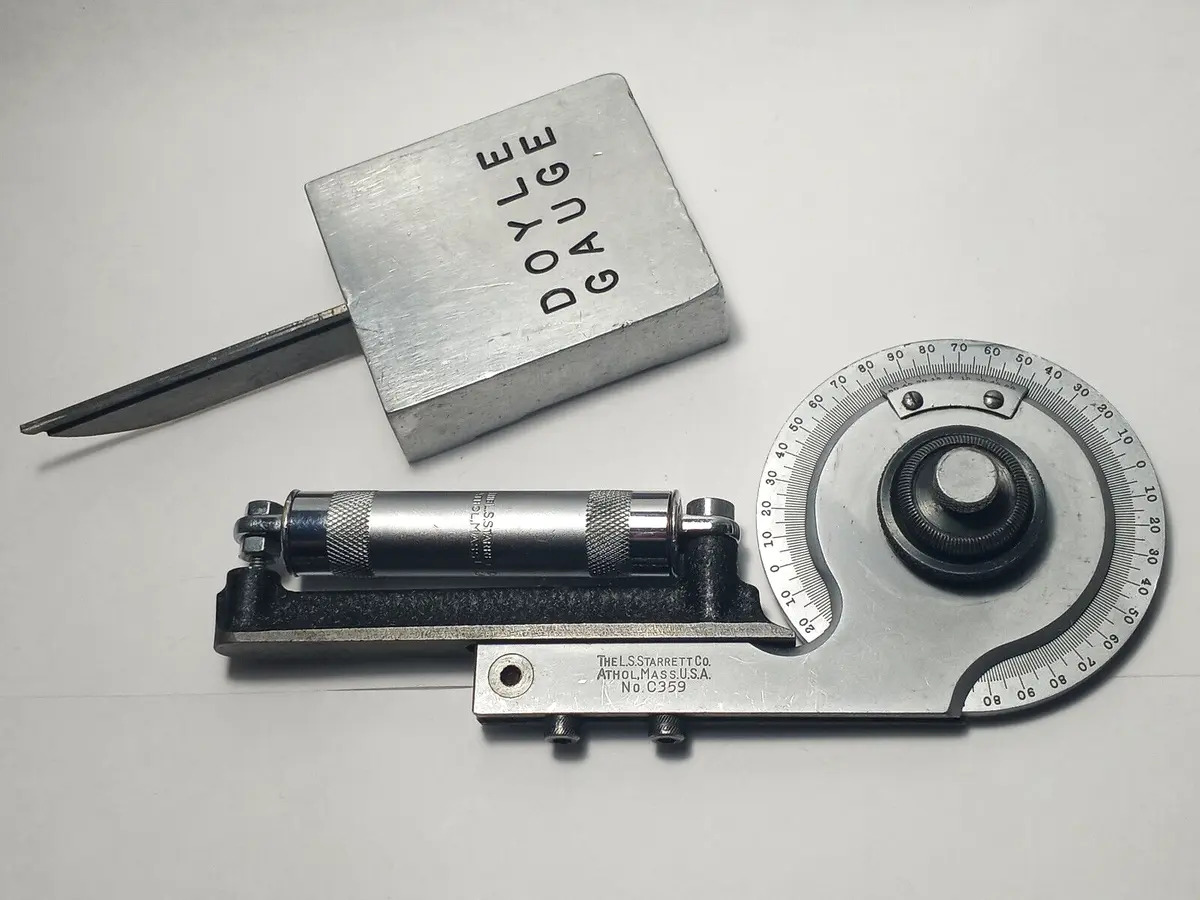
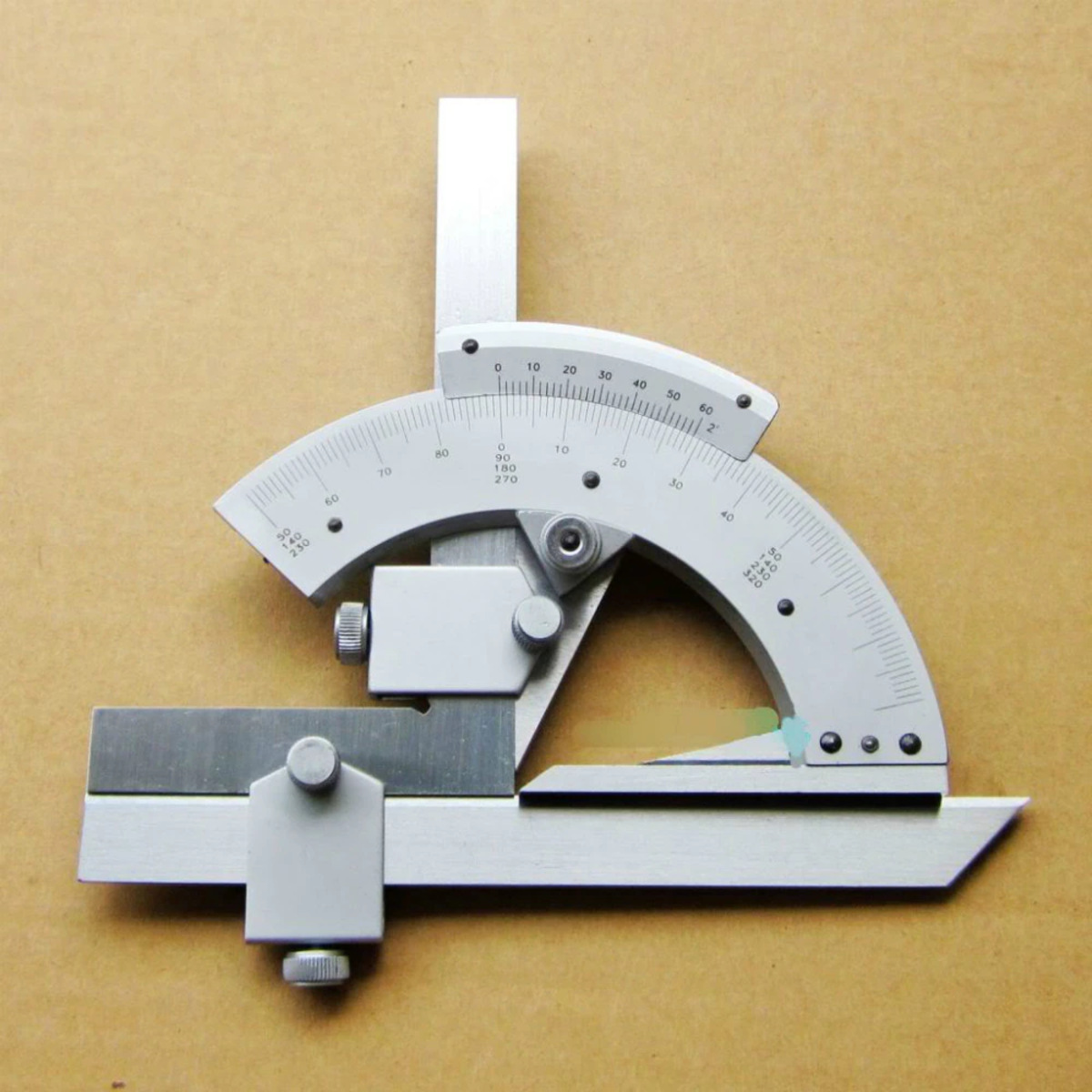
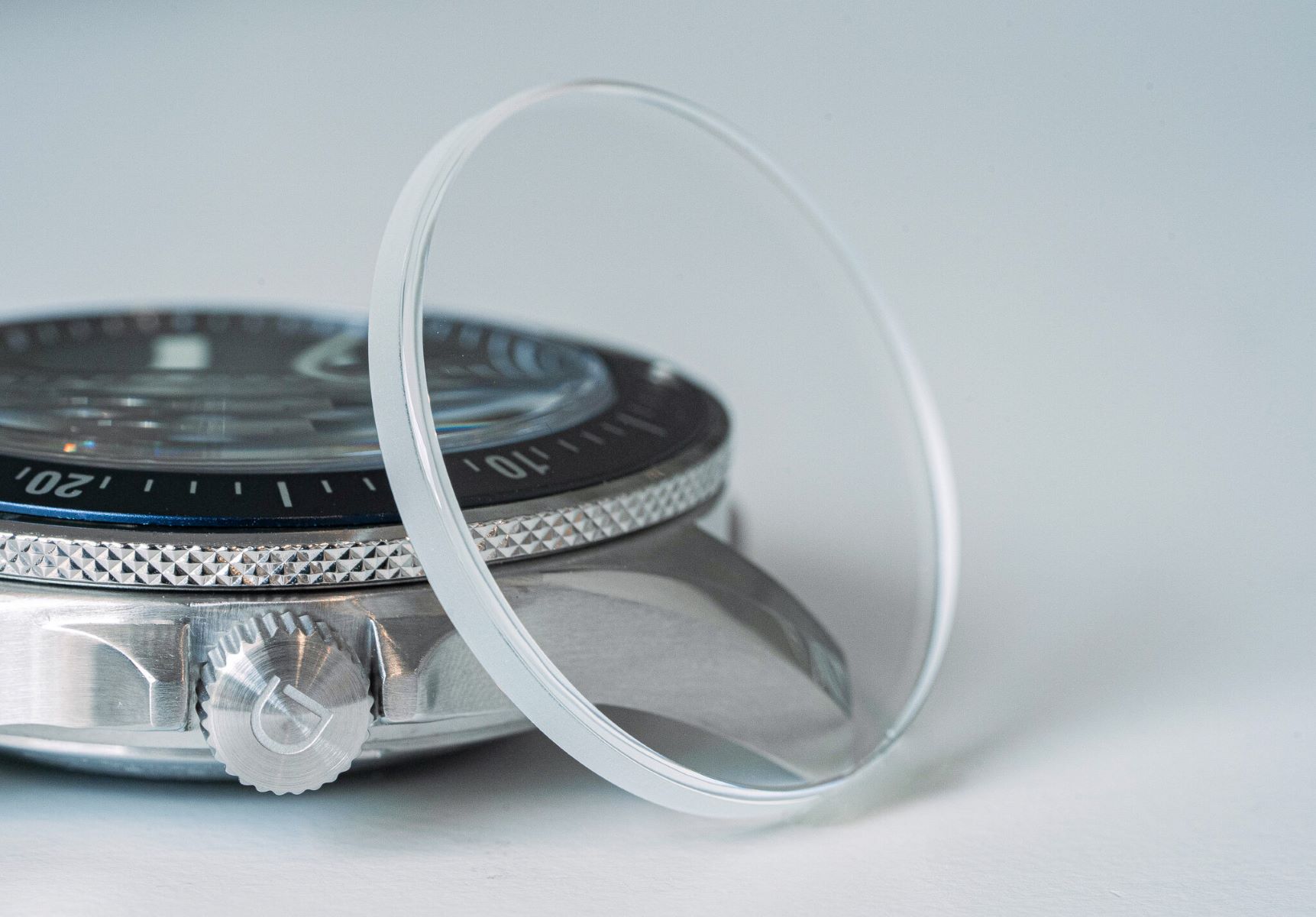
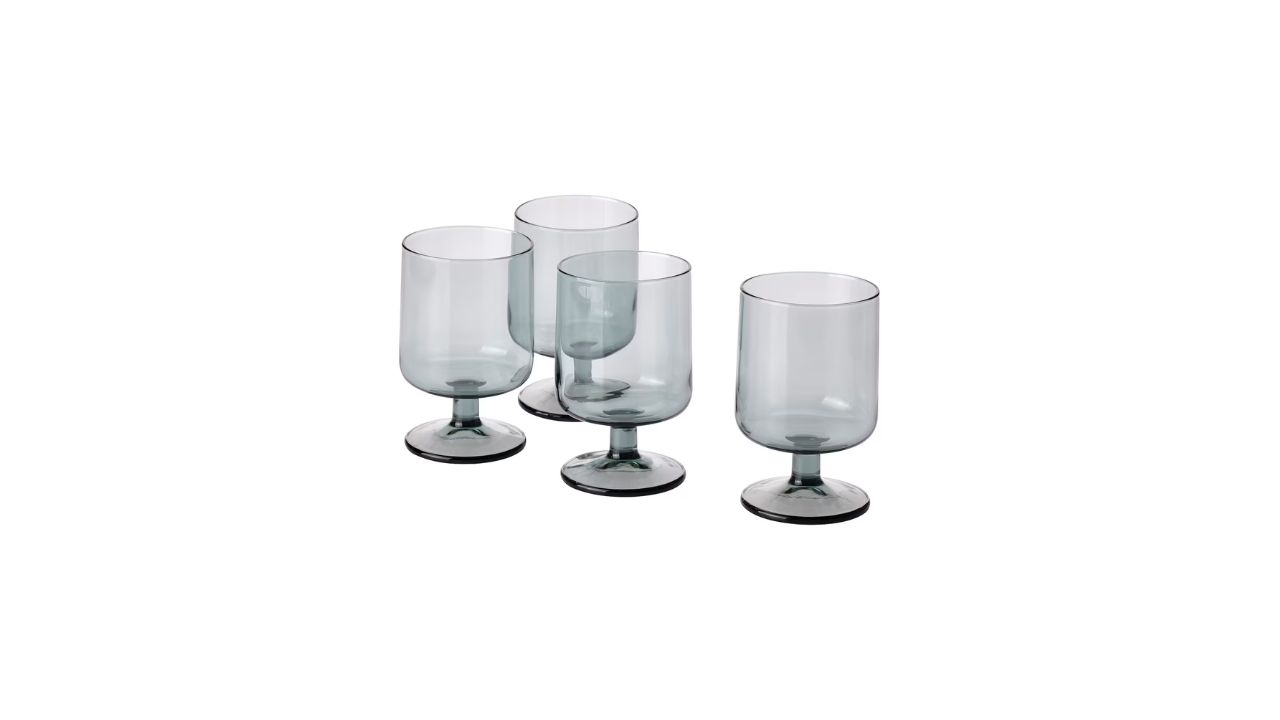

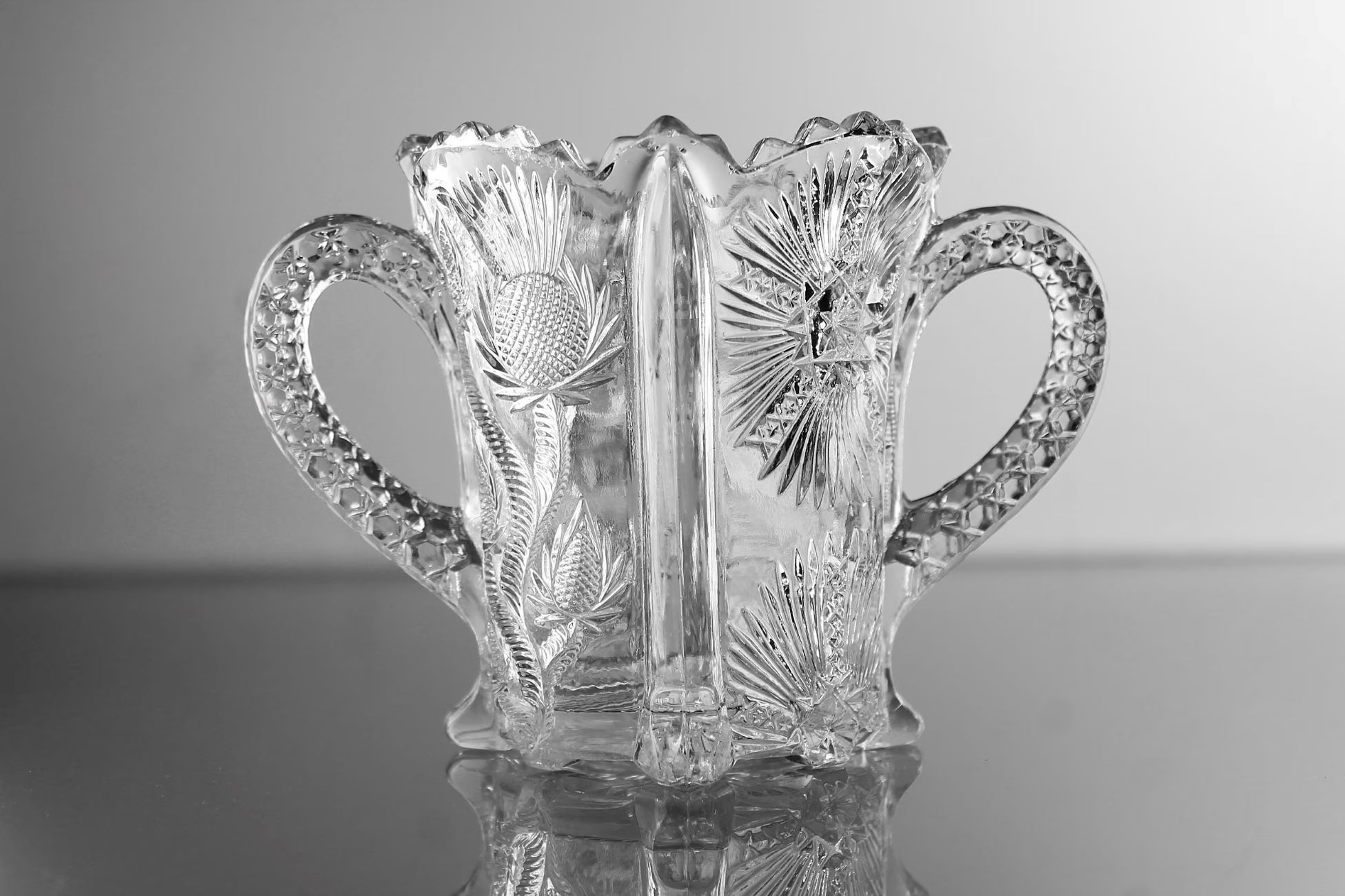
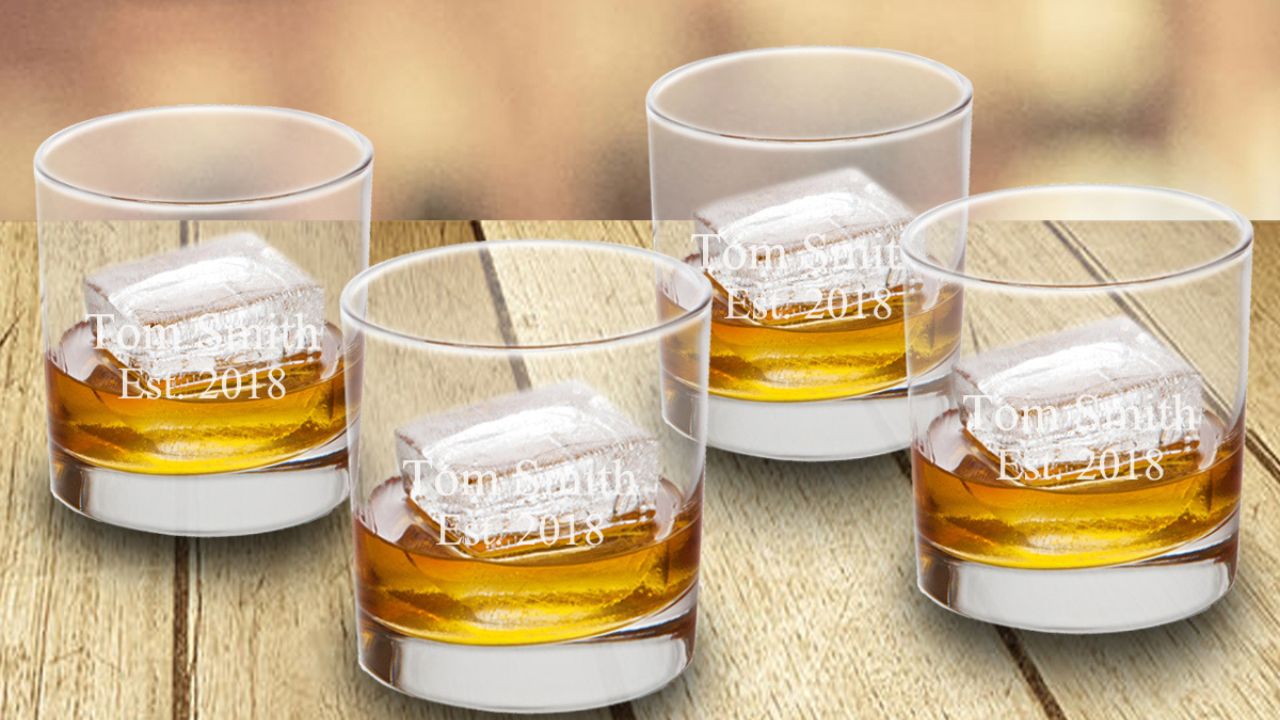

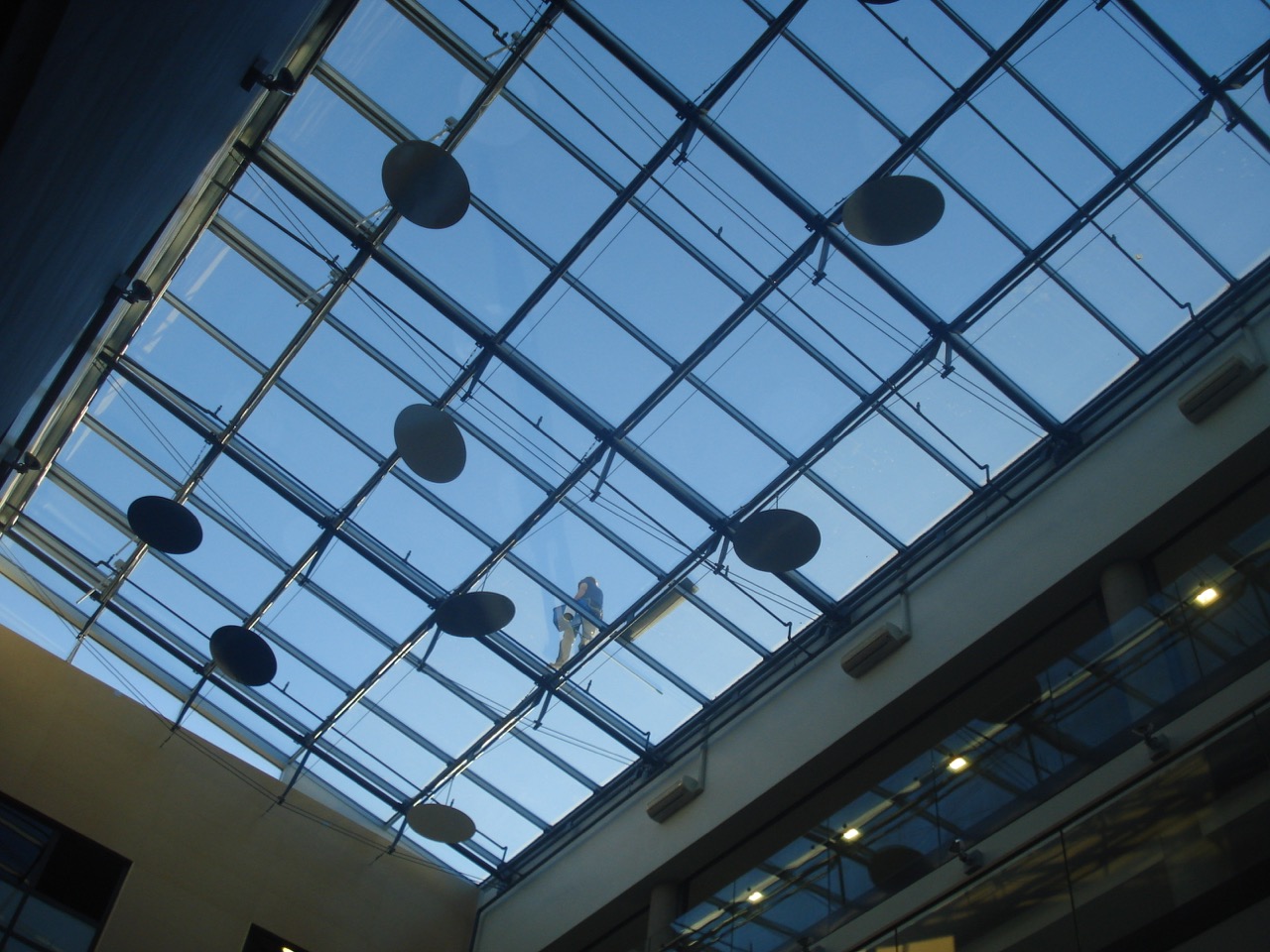
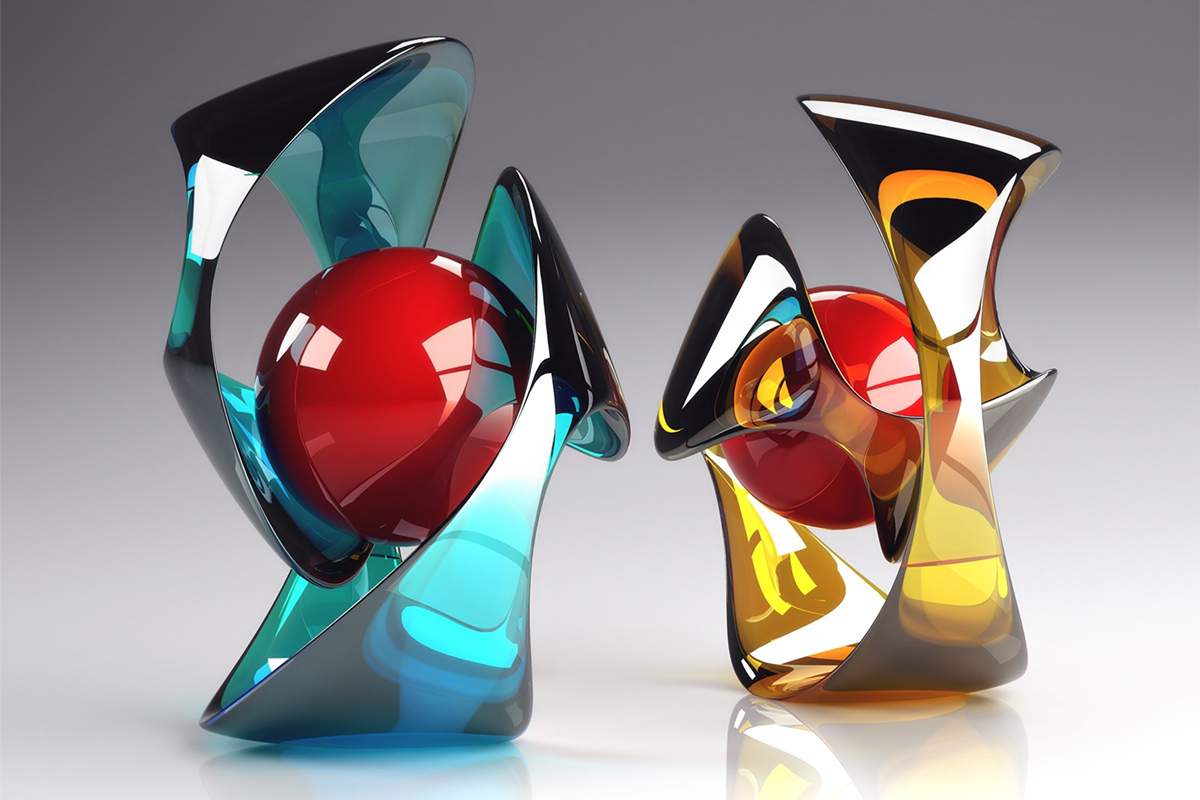
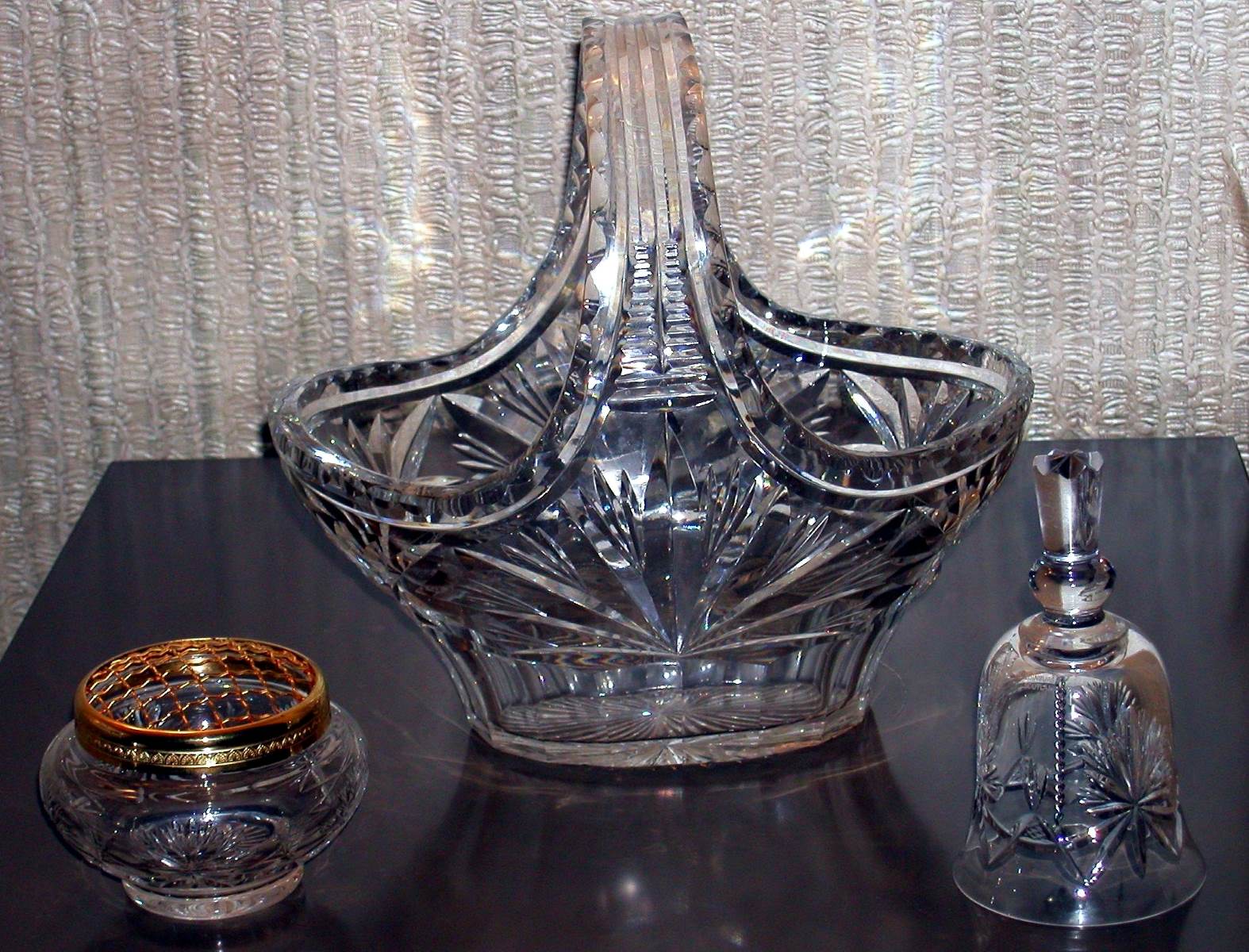

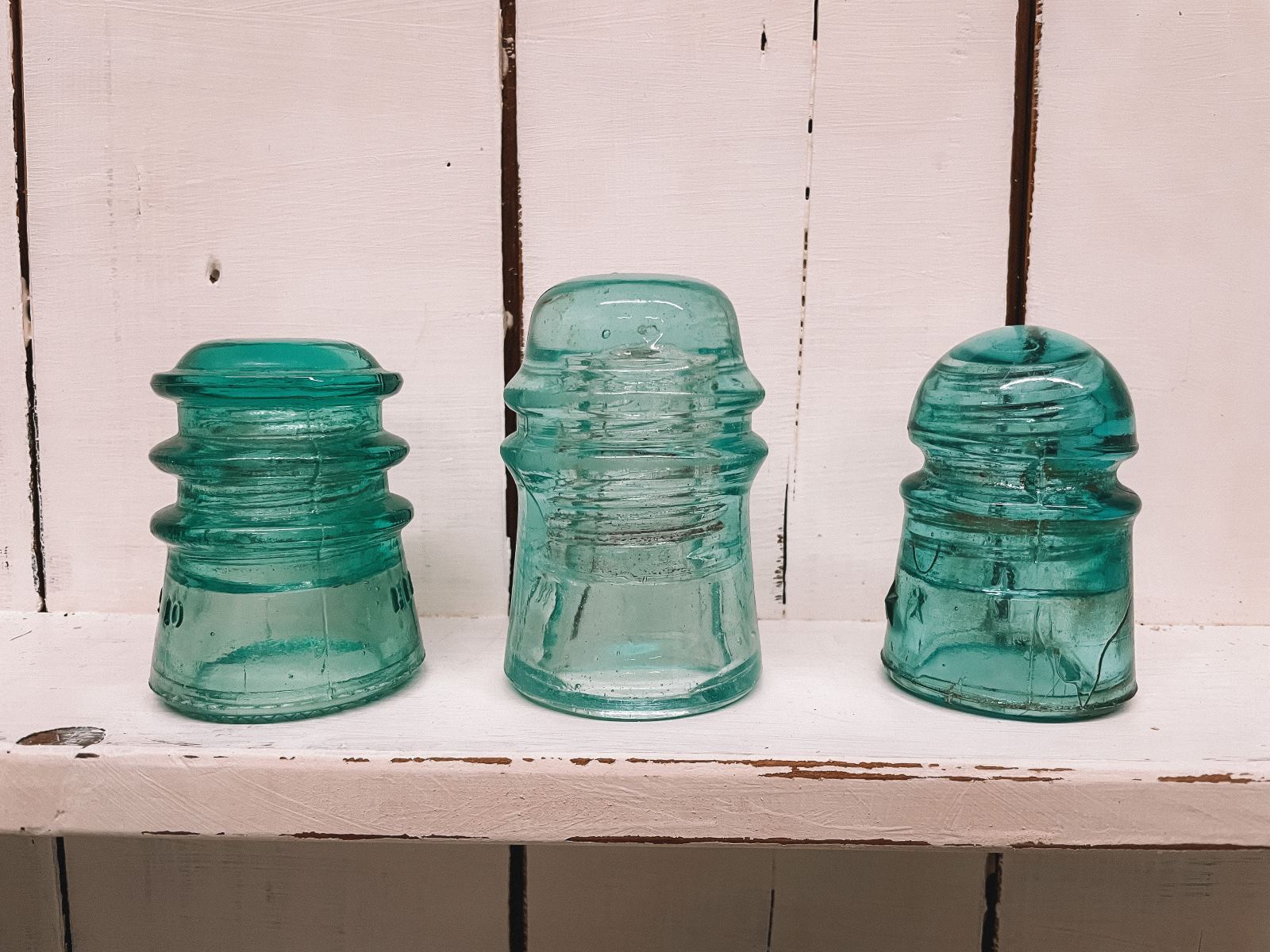


0 thoughts on “What Is Beveled Glass”